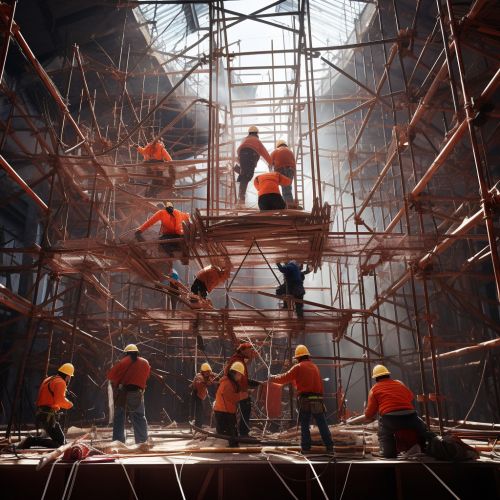Disaster Risk Reduction
Introduction
Disaster Risk Reduction (DRR) is a systematic approach to identifying, assessing, and reducing the risks of disaster. It aims to reduce socio-economic vulnerabilities to disaster as well as dealing with the environmental and other hazards that trigger them. Here is the term for the organization and management of resources and responsibilities for dealing with all humanitarian aspects of emergencies, in particular preparedness, response, and recovery in order to lessen the impact of disasters.


The Concept of Disaster Risk Reduction
Disaster Risk Reduction is the concept and practice of reducing disaster risks through systematic efforts to analyze and manage the causal factors of disasters. It involves reducing exposure to hazards, lessening vulnerability of people and property, wise management of land and the environment, and improving preparedness and early warning for adverse events[1].
Importance of Disaster Risk Reduction
The importance of DRR cannot be overstated. Disasters can cause loss of life, damage to buildings and infrastructure, and the destruction of livelihoods. They can also severely disrupt the functioning of a society or an economy, leading to further indirect losses. DRR aims to prevent new and reduce existing disaster risk, and manage residual risk, thus contributing to the strengthening of resilience and reduction of disaster losses[2].


Disaster Risk Reduction Strategies
There are several strategies for disaster risk reduction, which can be broadly categorized into three types: structural, non-structural, and functional.
Structural Strategies
Structural strategies involve the construction of disaster-resistant and disaster-resilient structures. This includes the design and construction of buildings and infrastructure that can withstand the forces generated by disasters. This also includes the retrofitting of existing structures to make them more disaster-resistant[3].
Non-Structural Strategies
Non-structural strategies involve measures other than construction to reduce risk and potential losses. These include land-use planning, implementation of building codes, insurance, public education, and legislation[4].
Functional Strategies
Functional strategies involve measures that increase a community's ability to respond to and recover from a disaster. These include early warning systems, emergency preparedness and response plans, and the development of community-based disaster risk reduction programs[5].


Disaster Risk Reduction and Sustainable Development
Disaster Risk Reduction is a vital component of sustainable development. Disasters can wipe out years of development gains, pushing communities and nations into a cycle of poverty and vulnerability. By reducing disaster risk, DRR can help protect development investments, promote economic growth, and safeguard the environment. It can also contribute to the achievement of the Sustainable Development Goals (SDGs)[6].
Challenges in Implementing Disaster Risk Reduction
Despite its importance, there are several challenges in implementing DRR. These include lack of awareness and understanding about DRR, lack of political commitment, inadequate financial resources, lack of capacity and expertise, and difficulties in coordination among different stakeholders[7].


Conclusion
Disaster Risk Reduction is a critical component of any strategy to create and sustain resilient communities and nations. It involves a range of activities, from building disaster-resistant structures to implementing early warning systems. Despite the challenges, the benefits of DRR far outweigh the costs, making it a sound investment for the future.
